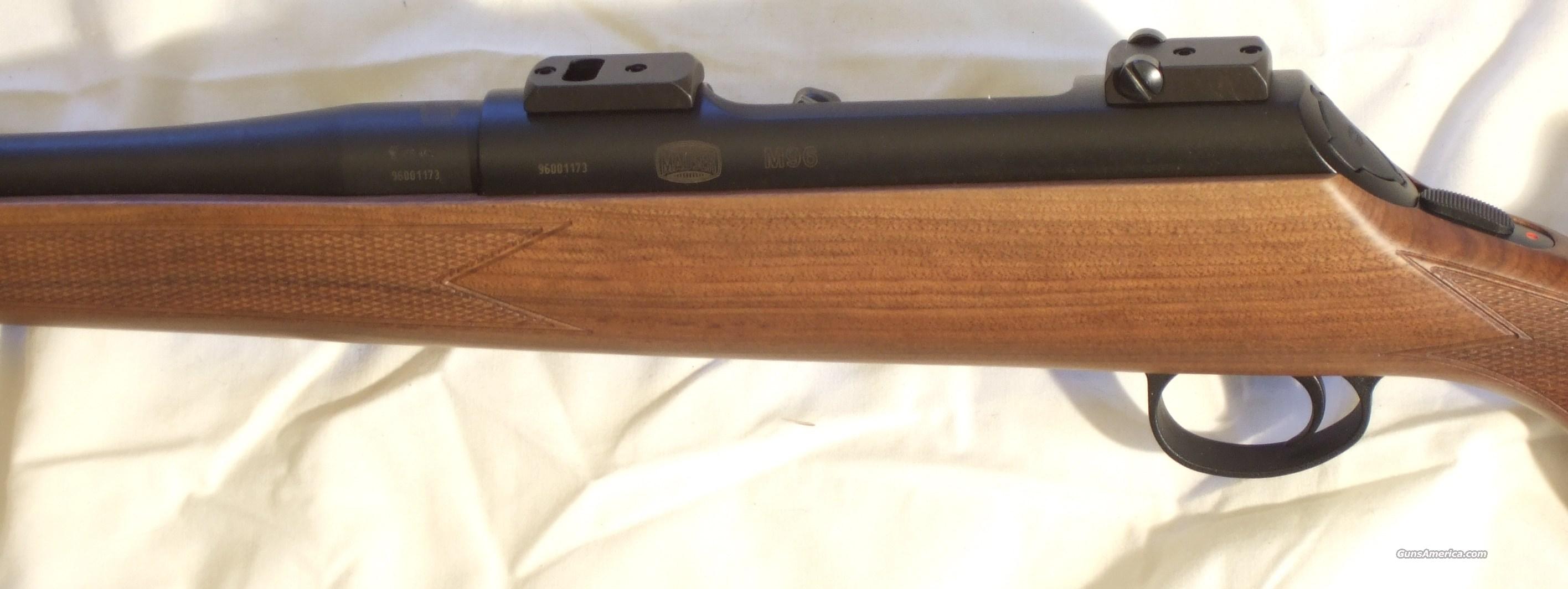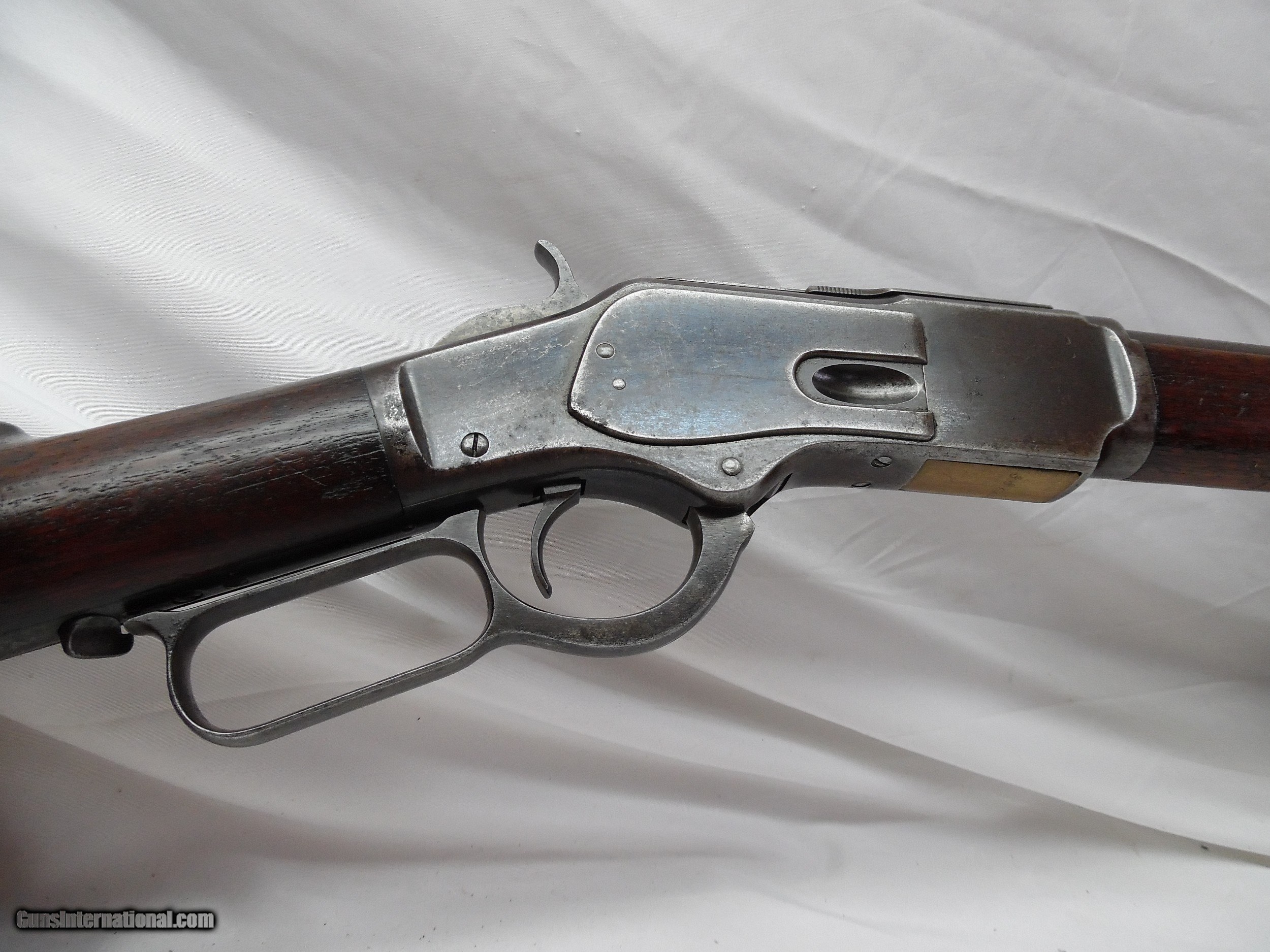Swedish Mauser Manual
The complete set: scope, container, side-mount and base, objective protection and the very rare adjustment tool. View from top. Note the rubber protection has been rolled back to expose the eye relief adjustment. The standard cross-hair used by the Germans. This was the very best scope during WW2 and long after.
Inside the there should be a screw-driver tool. This tool was removed by the army 1955. The Army didn't want the soldier to adjust the standard settings. Below the sight adjustment tool can be seen in the container-lid twisted 90 degrees to be fixed firm in place during transportation. Note the 90 degrees countersink compared to the hole in order to keep the tool fixed in the lid of transportation container. The tool is marked with proof mark '3 Crowns'. Tool for the German made Ajack Rifle Scope 41.

During WW2 Husqvarna Vapenfabrik produced rifles which were intended to be used by a resistance movement in Sweden in case of occupation by the Nazis. This is not a Military rifle. The mechanism used was the old standard Mauser m/96 mechanism similar to fm/23-36 and the calibre was 7.9x58 mm like the standard German Military ammunition. The m/96 mechanism is considered to be weak for the heavy German cartridge. In order to strengthen and improve the receiver, it was produced without any groove for the thumb. The HVA m/96 receiver. Note the wall of the receiver has no grove for the thumb Semiautomatic Rifle m/1 942 (B).

Here is another old postcard, this time featuring a young guy from the paramilitary swedish organisation Landsstormen. He keeps his m/94 ready, waiting for signs of enemy activity.
Note that his m/94 carbine lacks the m/94-14. This one never got modified for bayonet use, during the first world war. Deitel and deitel.
Swedish Mauser For Sale
The text roughly translates something like this: 'Recon. The Stockholm Landstorm Youth Department.'
Swedish Mauser Manual Pdf

Practicing marksmanship and being active in different more or less military organisations or shooting clubs was very common in the first half of the 20th century. Clubs got free ammo from the army, and everyone was happily plinking away with their mausers.
Comments are closed.